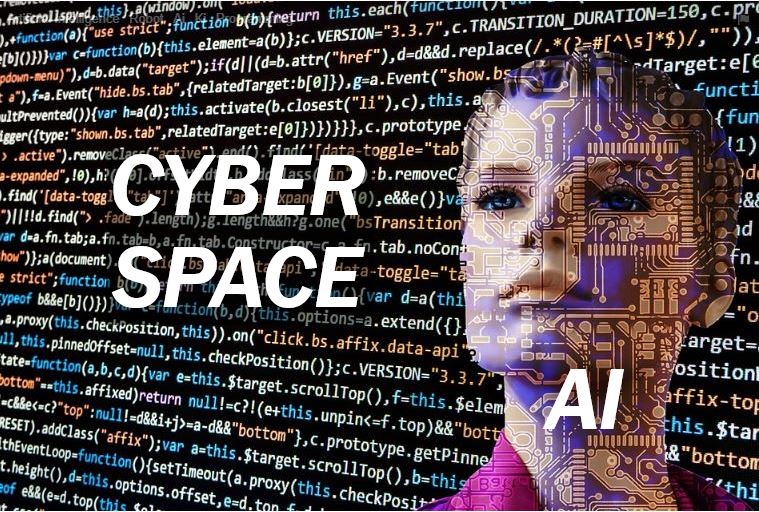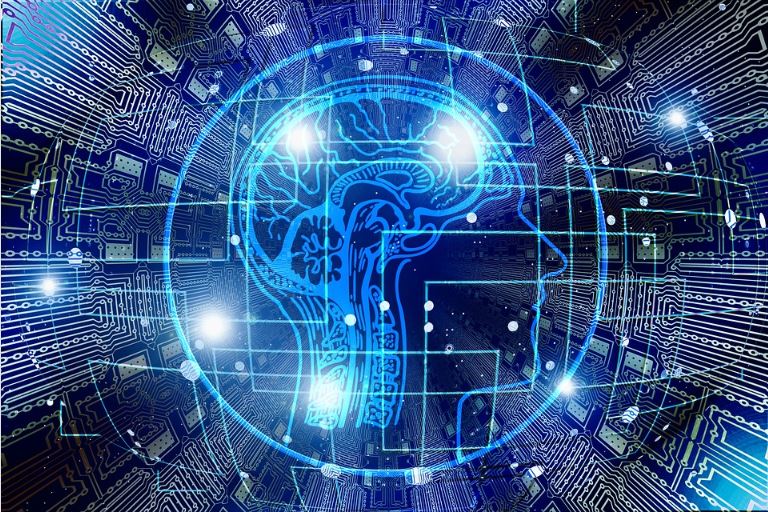 Cybersecurity threats continue to affect many different businesses. According to a 2018 survey by Capgemini on 850 senior executives, 20% of the enterprises had experienced some sort of data breach and were paying a significant price as a result. Keeping your company from facing cybersecurity threats is a critical and continuous process. While many different steps apply to data security, you can automate (and eventually simplify) the entire process by leveraging AI.
Cybersecurity threats continue to affect many different businesses. According to a 2018 survey by Capgemini on 850 senior executives, 20% of the enterprises had experienced some sort of data breach and were paying a significant price as a result. Keeping your company from facing cybersecurity threats is a critical and continuous process. While many different steps apply to data security, you can automate (and eventually simplify) the entire process by leveraging AI.
Artificial Intelligence allows you to collect and analyze data as a pathway for preventing cyber attacks. By using AI to learn from industry trends and previous hacking attempts, you can develop tools that detect and repel cyber threats before they strike your business. Hackers are continually developing more sophisticated methods for accessing your data. AI gives you the tools you need to remain one step ahead by detecting and repelling these attacks.
Use Cases For Ai In Cybersecurity
You may be wondering how AI applies to cyberspace- particularly when it comes to keeping your data secure. A large part of cybersecurity involves analyzing networks, implementing data policies, and managing numerous applications to reduce vulnerability to attacks. Such work can quickly become tedious and costly for your business.
Luckily, AI can be used to develop algorithms that sift through large quantities of data within a shorter period. This means that you’ll be able to uncover valuable insights that apply to the following use cases.
1. Better Email Monitoring
Email is one of the most common channels through which companies communicate. Unfortunately, emails are also highly targeted by hackers to initiate malware, phishing, ransomware, and even cloud-based attacks.
AI can be used to analyze patterns of email communication and detect if a sender, recipient, or attachment is legitimate. Machine learning can also be leveraged to implement algorithms that sieve through emails to detect unusual communication. In this way, employee inboxes will be less likely to contain phishing messages and other similar threats.
2. Identifying Specific Threats More Effectively
Most cyber-attacks originate from outside and are designed to penetrate your company’s network. Therefore, cybersecurity professionals spend lots of time monitoring the network and perimeter to prevent incoming threats. AI allows you to automate this monitoring process so you can work smarter. For example, algorithms can be developed from past data breaches to identify a specific threat before it happens.
Whether you’re concerned about malware embedded in corporate emails or phishing attacks originating from malicious sources, AI enables you to identify malicious sources and detect suspicious communications that arrive in your networks. Previous data can be used to teach machines (machine learning) how to single out threats and prevent them from penetrating your network.

3. Modeling Behavior
Behavioral modeling is perhaps one of the most compelling use cases for AI. In addition to detecting threats, machine learning can be used to analyze the normal behavior of your employees and network activities. When something out of the ordinary is detected, you can be alerted to initiate a specific response.
Behavioral modeling is already being applied in many different industries. Banks use it to detect unusual purchases from customers, while e-commerce companies use it to recommend product purchases for online shoppers. Cybersecurity professionals can take advantage of behavioral modeling to prevent data security threats from stolen login information. Even if an employee’s credentials are hacked, AI can be used to pick up unusual activity and respond accordingly.
4. Responding To Cybersecurity Threats In A Smarter Way
When it comes to developing an effective cybersecurity plan, you’ll need much more than just threat detection tools. Indeed, AI enables you to identify and respond to attacks before they can affect your business. AI gives you the ability to use automated tools when handling threats within cyberspace. For example, when machine learning is implemented into antivirus software, you’ll be able to keep up with advanced threats and repel them in real-time.
It’s not just about matching threats to an existing list of previous attempts. Instead, AI allows you to detect anomalies and determine how they can be handled on a case-by-case basis. This smarter and more robust response technique will keep you one step ahead of hackers.
Video – What is cyber security?
Cyber security refers to the practice of protecting our computer systems, software programs, and networks from hackers, digital attacks, or cyber attacks.

